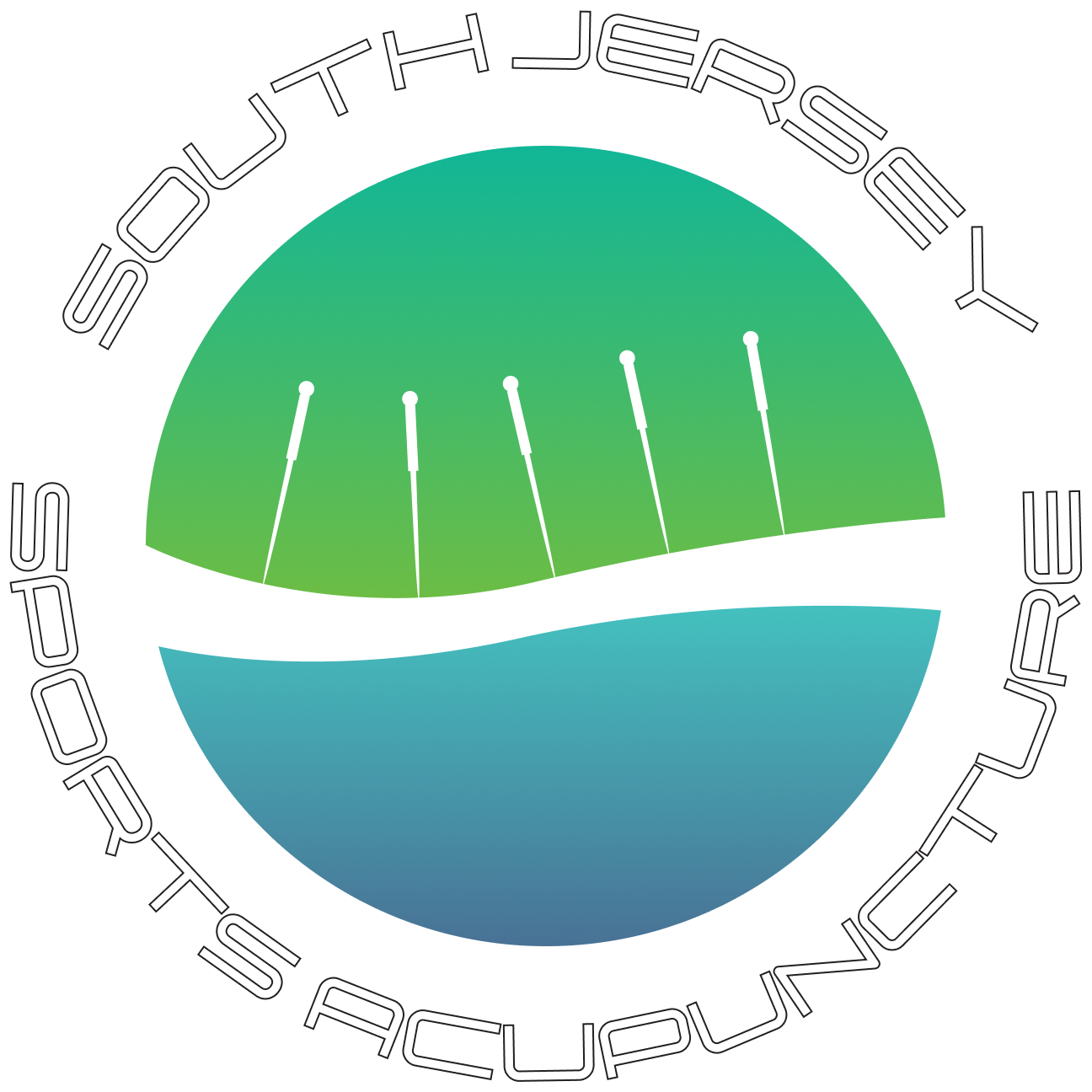
Treatments Explained
Three Phase Sports Acupuncture Treatment
Combining Physical Assessment, Sports Acupuncture, and Myofascial Decompression Techniques
1. Physical Assessment
Every sports acupuncture treatment begins with a detailed physical assessment. During the assessment, we examine your range of motion, palpable changes in the soft tissues, and motor muscle inhibition in the muscle groups.
Motor muscle inhibition is a common issue that arises when the nerve that sends the impulse to contract the muscle becomes unable to function optimally due to physical or chemical trauma. Direct or repetitive trauma, as well as changes in the joint like inflammation, swelling, or arthritis, can trigger motor inhibition, leading to muscle weakness and decreased function.
We use the findings from the physical assessment to formulate a personalized treatment plan that meets your specific needs.
2. Sports Acupuncture
Neurofunctional acupuncture is arguably the most effective style of sports acupuncture. It consists of different needling techniques that are selected based on their effectiveness for your specific needs. We use a range of techniques to create the desired changes in your targeted tissues.
Trigger Point Dry Needling is a technique that targets specific knots in the muscles called trigger points. When a trigger point is needled, it can produce a twitch reflex, followed by a lengthening and relaxation of the muscle.
Motor Point Acupuncture targets the neuro-muscular junction where the motor nerve meets the muscle. When stimulated, the muscle will contract and relax, improving the mind-body connection.
Autonomic Nervous System Regulation is used to restore essential blood supply through the regulation of the autonomic nervous system. This technique can help reduce the negative effects of stress on the body, which can adversely affect your health and performance over time.
Motor and Sensory Nerve Stimulation is a technique that targets specific points in the body where nerves can be easily accessed. Stimulating a motor nerve or cutaneous nerve can help improve muscle activation and length, blood flow, and proprioceptive function within the muscle and joint region.
3.Myofascial Decompression
Myofascial decompression is a technique that aims to separate and hydrate layers of adhesive muscle and fascia. This technique can help increase your range of motion, circulation, and proprioception while reducing pain and stiffness.
Cupping Therapy, which involves the use of vacuum cups combined with active range of motion, is a great way to decompress myofascial tissues.
IASTM (Instrument Assisted Soft Tissue Mobilization) or guasha, is another effective way to release and hydrate stiff muscles and fascia. This technique is particularly useful for treating scar tissue and tendinitis.
Manual Therapy is used in areas that may be too vulnerable for cupping or IASTM. For example, the front of the neck may respond better to manual therapy than to tools and cupping.
At South Jersey Sports Acupuncture, we are dedicated to helping athletes and active individuals achieve optimal performance and recovery through our comprehensive three-phase sports acupuncture treatment. Contact us today to schedule your appointment.
CrossFit Athlete, Kelly Baker, getting a neurofunctional acupuncture treatment


